FOR ALL AGES
Image © Unsplash.
Everyone loves the seaside, and it makes for a great educational resource, as well as a fun day out.
Get ready for our favourite facts about the seaside, from the wacky to the wonderful. From the history of traditional beach foods, to the amazing range of creatures that make their homes by the sea, the seaside is an exciting way for your kids to discover aspects of history, science, geography and much more. Read on to find out about coastlines, sea creatures, and even fish and chips.
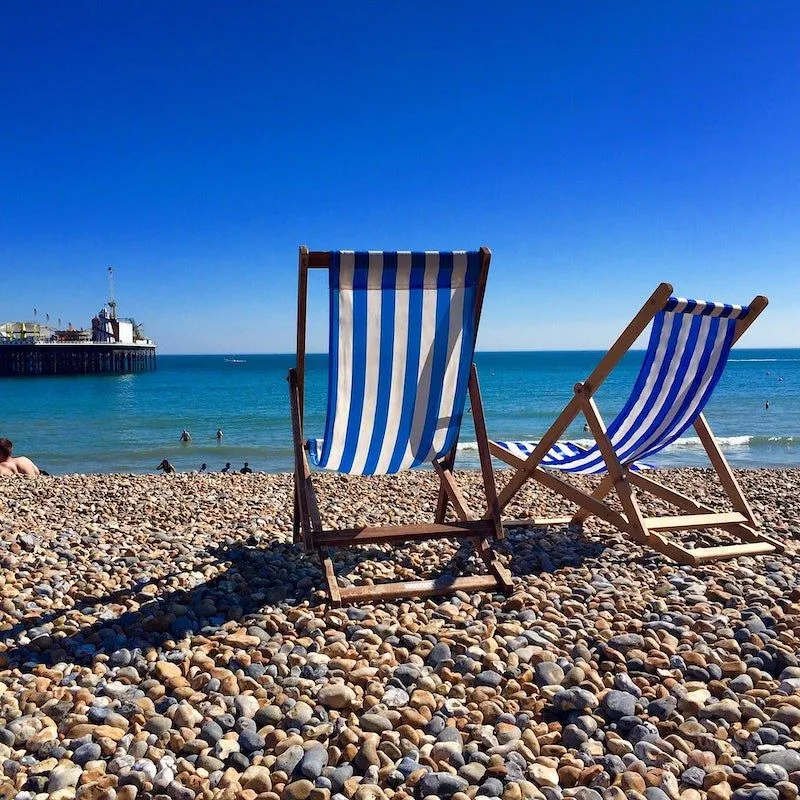
Image © Unsplash
1. A beach first forms when waves from the sea deposit sand and gravel along the shoreline.
2. It can take thousands of years for one natural beach to form.
3. The sand on the beach can be many different colours, including red, green and black, as well as yellow-gold and white. This is because sand on the beach comes from nearby minerals and rocks which have broken away (eroded). In Hawaii, for example, the sand is sometimes black because it comes from volcanic rock!
4. In the UK, you are always within 80 miles of the beach. This means wherever you are, you are always a two hour drive away from the beach at the furthest.
5. There are beaches all over the world and they aren't only present in mild and hot climates. The beaches in the Arctic and Antarctica are frozen over for most of the year.
6. The beach changes every day, with the tide bringing in new materials, while removing others.
7. There is an island that is entirely made up of sand. This is called Fraser Island, and it is located next to Australia.
8. The longest beach in the world is called the Praia Do Cassino and can be found in Brazil. It is 212km long.
9. The tallest ever recorded sandcastle is 17.66 metres - that's just over ten times the height of the average man.
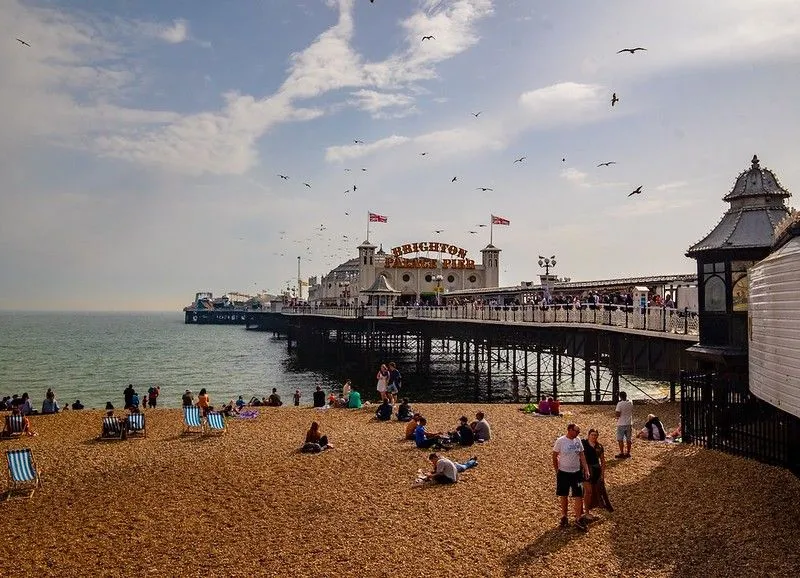
Image © Unsplash
10. British seaside holidays first became popular during the Victorian period (1837-1901). Doctors even used to prescribe trips to the seaside for health reasons!
11. Many Victorian seaside traditions are still popular today. The Victorians invented donkey rides on the beach, deckchairs, ice cream cones, and even fish and chips, which was introduced by Joseph Malin in 1860.
12. The Victorians changed for the beach inside wooden carriages which were drawn into the sea by horses.
13. Charles Dickens was a big fan of Punch and Judy shows. These were puppet entertainments that Victorians would watch at the seaside.
14. The first seaside resort in Britain was Weymouth in Dorset. Even before the Victorians, King George III began the trend of sunbathing at Weymouth in 1789.
15. In 1934, King George V liked the beach so much, he had a one created in London, next to the Tower of London, and on the bank of the River Thames. He did this by importing sand from the nearby Essex coastline. 'Tower Beach', as it became known, remained open to visit until 1971, when it was closed due to pollution.
16. There are more than 1,200 species of animals and plants at the British seaside alone.
17. There are five different dolphin species in the UK.
18. Hermit crabs do not have shells of their own; they crawl inside empty shells and use these to protect themselves. When a hermit crab grows out of its current shell, it will abandon it and find a new shell to inhabit.
19. Some of the many animals that may be found at the seaside in the UK are seals, jellyfish and starfish.
20. Sea anemones, which look like plants attached to rocks in the sea, are actually living creatures. They are also related to jellyfish.
21. Sea shells are the skeletons of animals called molluscs. Molluscs are marine organisms, whose skeletons are on the outside of their bodies. Examples of molluscs are mussels, clams and oysters.
22. There are over 50 species of seagulls. Seagulls also make their nests on the ground.
23. The beach protects people who live near the seaside, shielding them from storms and harsh winds.
24. According to scientists, a visit to the beach may improve your mood.
25. The beach provides a diverse wildlife habitat for many different plants and animals all over the world.
26. The beach is good for the economy of a local area, because the seaside attracts many tourists.
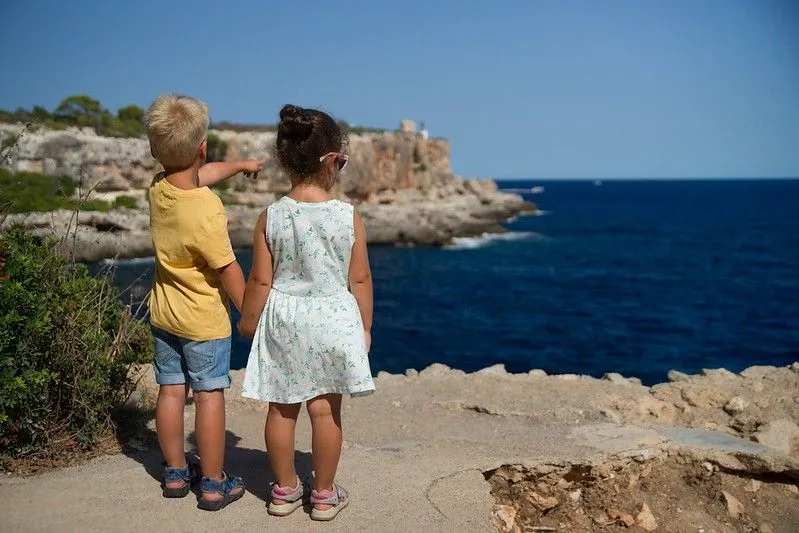
Image © Unsplash
27. The coast is where the land meets the sea.
28. The total sum of the length of every coast on the planet is 312,000km.
29. The UK coastline is the longest in Europe, and is over 6,000 km.
30. You can find many castles near coastlines in the UK. These were used to defend the UK from invasions. A great example is Dover Castle, which is high on a clifftop, and has been used for defences since the Roman times.
31. Coastlines make up about 8% of the earth's land, yet they have over three times that amount of the world's biological diversity.
32. The UK's oldest house has been discovered on the edge of a cliff along the coastline. It is located in Northumberland, and is thought to be 9,600 years old.
33. Coastal erosion happens on the beach. This is when the beach moves due to waves and winds.
Read The Disclaimer
At Kidadl we pride ourselves on offering families original ideas to make the most of time spent together at home or out and about, wherever you are in the world. We strive to recommend the very best things that are suggested by our community and are things we would do ourselves - our aim is to be the trusted friend to parents.
We try our very best, but cannot guarantee perfection. We will always aim to give you accurate information at the date of publication - however, information does change, so it’s important you do your own research, double-check and make the decision that is right for your family.
Kidadl provides inspiration to entertain and educate your children. We recognise that not all activities and ideas are appropriate and suitable for all children and families or in all circumstances. Our recommended activities are based on age but these are a guide. We recommend that these ideas are used as inspiration, that ideas are undertaken with appropriate adult supervision, and that each adult uses their own discretion and knowledge of their children to consider the safety and suitability.
Kidadl cannot accept liability for the execution of these ideas, and parental supervision is advised at all times, as safety is paramount. Anyone using the information provided by Kidadl does so at their own risk and we can not accept liability if things go wrong.
Kidadl is independent and to make our service free to you the reader we are supported by advertising.
We hope you love our recommendations for products and services! What we suggest is selected independently by the Kidadl team. If you purchase using the buy now button we may earn a small commission. This does not influence our choices. Please note: prices are correct and items are available at the time the article was published.
Kidadl has a number of affiliate partners that we work with including Amazon. Please note that Kidadl is a participant in the Amazon Services LLC Associates Program, an affiliate advertising program designed to provide a means for sites to earn advertising fees by advertising and linking to amazon.
We also link to other websites, but are not responsible for their content.
Was this article helpful?

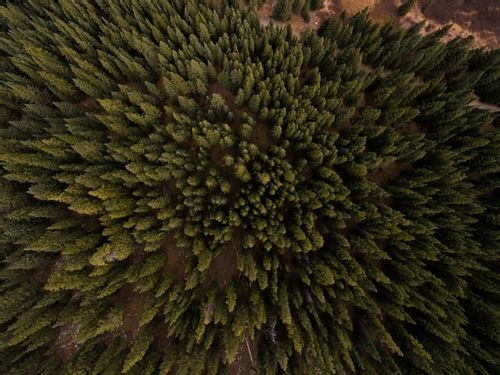
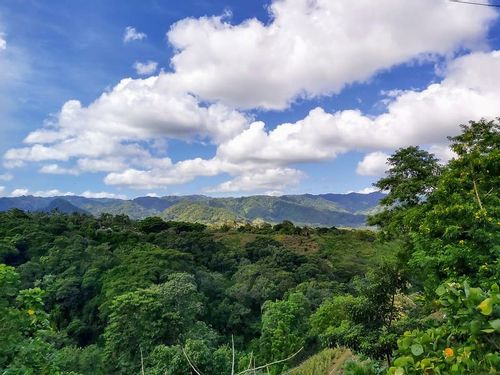
Browse Category



We’ll send you tons of inspiration to help you find a hidden gem in your local area or plan a big day out.



Check your inbox for your latest news from us. You have subscribed to:
Remember that you can always manage your preferences or unsubscribe through the link at the foot of each newsletter.